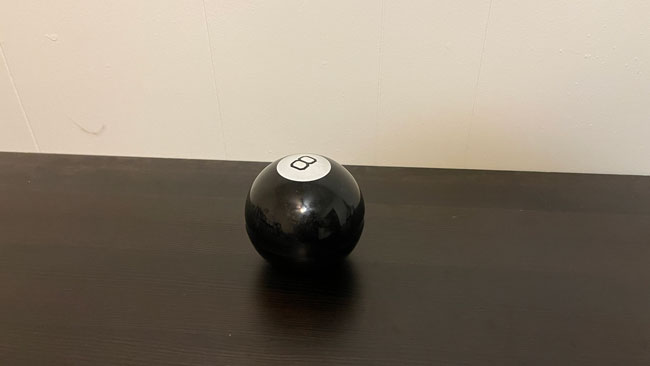
STILL in MOTION
ONLINE PRESENTATION
Still in Motion Home // Leslie Elsasser - Introduction // Selina Roman - Mind Currents // Christian Cortes
PHOTOGRAPHY
Roxi Cato - US Army // Wildalys Class - US Air Force // Agustin Collazo Jr. - US Navy and Marine Corps // Michael Congdon - US Army // Giovanna Delacruz - US Air Force // Amanda Dodd - US Army // Dawn S. Hargrett - US Navy // Evan Fountain - US Air Force // Mark Freeman - US Army // Robert Kidney - US Coast Guard // Mikko Maki - US Marine Corps // Alicia Morales - US Army // RaeAnne Swanson - US Air Force
VIDEO
James Alexander - US Air Force // Wildalys Class - US Air Force // Dwight English - US Army // Loretta Fields - US Army // Mikko Maki - US Marine Corps // Matias - US Marine Corps

Mark Freeman, Untitled 1, 2021
MARK FREEMAN - US ARMY
Untitled 1
Two concepts that I find fascinating are how the Reticular Activating System (RAS) filters what you see and the premise of quantum theory that, by the very act of watching, the observer affects the observed reality. When you combine these two ideas, you realize that what you look at changes both the observer and the observed. The difference is between what you look at and what you see. There are some objects that you look at every day, but do you see them? Your focus determines your perception. Your brain filters out all the noise, so you pay attention only to what is deemed important. For example, you could drive the same route to work every day. You get to your destination practically on autopilot, hardly recognizing the world around you except to avoid any traffic accidents. If you drive that same route after deciding to buy a new Jeep, however, you become hyper aware of how many other people are driving Jeeps on the same roads. Your RAS has assigned a higher importance to Jeeps, so your brain tells you any time there are other Jeeps in our vicinity.
Photography is ubiquitous now. You carry a camera with you everywhere you go. You create images instantly to document a particular place and time. What moments are important enough that you need to document them? The very act of taking your phone out to compose the image and take the picture connotes meaning, even if you keep that photo to yourself. If you take it a step further and post this image, what are you trying to say?
As receivers of these messages, you can scroll through your social media feeds and see dozens of images in seconds. Which images stand out? What are you looking for? What causes you to pause or even stop? Just as the social media is programmed to give you more of what you look for, your brain is constantly scanning the world around you to reward you with more high-value content. Your reality is shaped by the messages you give to your brain, which in turn filters your perception to match.
What are you looking at? What do you see?
MARK FREEMAN
US ARMY

Mark Freeman, Untitled 2, 2021

Mark Freeman, Untitled 3, 2021
For more information:
Email Leslie Elsasser at lelsasse@usf.edu
Breaking Barriers is a project by USFCAM in collaboration with the USF School of Art and Art History, with Support from the USF Office of Veterans Success, Community Arts Impact Grant Program of the Arts Council of Hillsborough County, Love IV Lawrence 2020 Waves of Change Grant, and additional support from the ACE Arts for Community Engagement Fund and the Florida Department of State.

Donate!
Donate now to support our exhibitions and related educational programs!
Subscribe
Sign up for USF Institute for Research in Art email updates!
Follow us
Internships
Interested in an internship at CAM or Graphicstudio? Visit our Internships page to find out how to apply and what deadlines you need to know.
Visitor Information
Graphicstudio Hours:
Temporarily Closed
USFCAM Hours:
Monday - Friday 10am–5pm; Thursday 10am–8pm; Saturday 1–4pm; Closed Sundays and all university holidays. Visitors to the museum are expected to wear masks and practice social distancing.
Tours + Field Trips :
Groups and organizations interested in tours of the exhibition should contact CAM to schedule at least two weeks in advance at (813) 974-4133.
Field Trip Guide:
Download our field trip guide for everything you need to know before bringing your students to CAM!
Accessibility:
The University of South Florida Contemporary Art Museum (USFCAM) is fully accessible to visitors with disabilities. There are disabled parking spaces outsde of the museum, an accessible entrance, good lighting and accessible restrooms.
The museum follows the
USF guidelines regarding service animals.
USFCAM faculty and staff are pleased to work with organizations that provide cultural opportunities for disabled clients to tour the Museum. Please call (813) 974-4133 two weeks in advance to request specific tour information. For more accessibility information please call (813) 974-4133.
Copyright + Reproduction
The electronic images available on this site are subject to copyright and may be covered by other restrictions as well. The images are made available to the general public for the sole purpose of representing the USF Contemporary Art Museum’s programs and collection. Copying or redistribution of the images in any manner without the express written permission of the University of South Florida Institute for Research in Art is strictly prohibited.
Contact
caminfo@usf.edu
(813) 974-4133